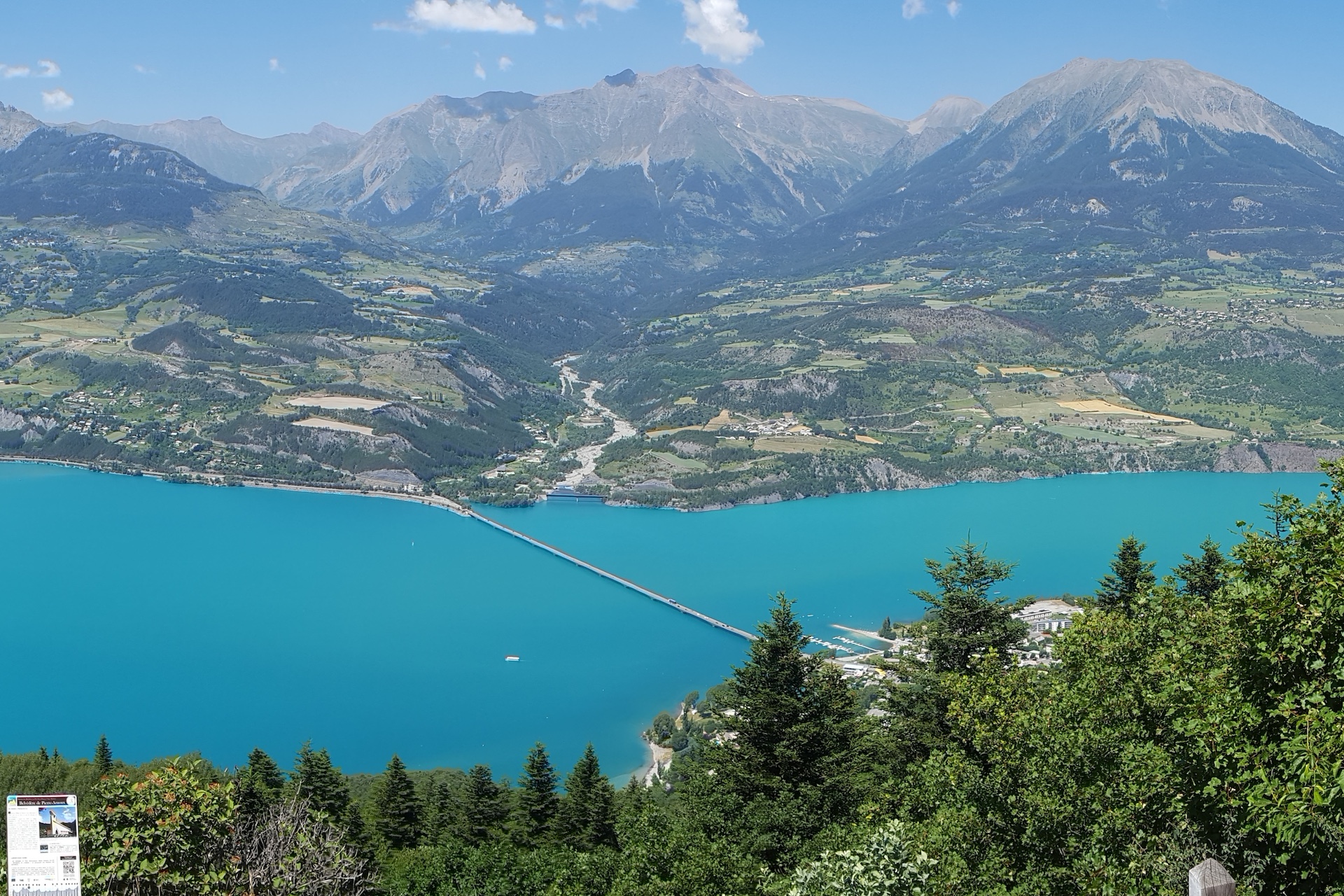We race from Gap to Barcelonette today. Gap is a town that features very often in the Tour de France. This is going to be the 27th time in the capital city of the department Hautes-Alpes. It has also featured often in the Critérium du Dauphiné and was the host town for the 1972 Road World Championships.
The 272 km-long men’s race was won by Marino Basso that year. The Italian had three teammates with him after Eddy Merckx attacked. One of them, Franco Bitossi, looked to go for the win after following an attack by Cyrille Guimard. Merckx countered and brought Basso with him. The fast Italian won. On his palmarès we also find six Tour de France stage wins, six stages in the Vuelta, and no less than 15 in the Giro d’Italia. Basso is not related to Ivan Basso, but his brother did found the bike brand Basso Bikes.
To complete the story: the women’s race at the 1972 Road Worlds in Gap was a whopping 60.5 km long and won by French rider Geneviève Gambillon, the first French road world champion. She repeated this two years later in Montréal.
Along the course today we pass the Lac de Serre-Ponçon. This is a man-made reservoir to generate electricity for around 300,000 people. It’s a dam in the river Durance that was built there because the Durance had caused catastrophic floods halfway through the 19th century. The first plans to build a dam were already made at the end of the 19th century but were only completed in 1955. Two villages had to go and 1,500 people had to move. If the water level is low, and sadly it quite often is in recent times, you can see one of the villages. The Saint Michel chapel of Savines, the other village, is always visible on a little island in the lake. They rebuilt the entire village of Savines on the shores of the lake.
Le Lac de Serre-Ponçon is one of the biggest reservoirs in Europe. France uses a lot of hydroelectricity, and this dam is part of a big system in the region. Throughout this 250 km-long channel, 15 hydropower plants successively turbine the water. Upstream of the Lac de Serre-Ponçon, eight hydropower plants were built on the Durance and its tributaries. With the plants of the Verdon, a tributary of the Durance, the entire hydroelectric chain of the Durance-Verdon system includes 32 plants. This assembly generates 10% of France’s total hydroelectric power.
Next to hydroelectricity France relies heavily on nuclear power plants. It has 56 now and plans to build more shortly. Many of the current plants are over 40 years old and need maintenance. Corrosion is a big problem and since many of these plants are copies of the other, a problem in one means a problem in many. Another big issue is cooling. Due to climate change, the water level in the rivers that are needed to cool the reactors is too low in summer, exactly when aircons run at full speed. A third reason maintenance is behind schedule is strikes by French workers.
Renewable energy is therefore becoming more and more important in France. Hydroelectricity is one of the important modes but you also see many more windmills and especially solar parks in the French landscape recently.
Did we do a good job with this story?





